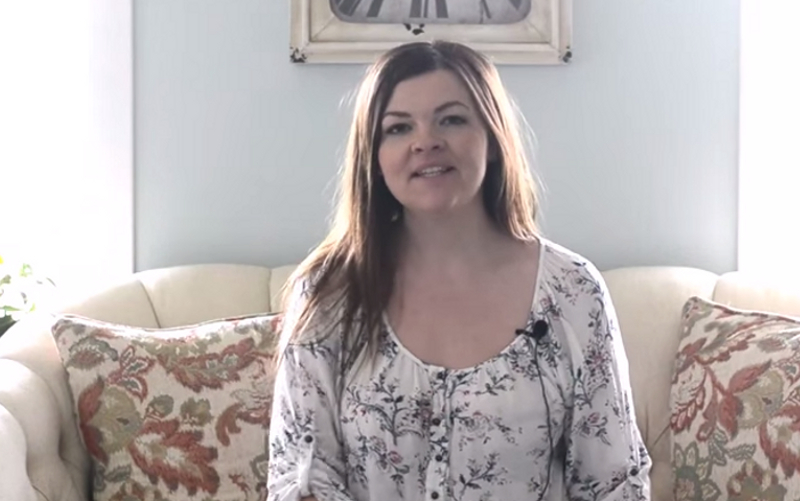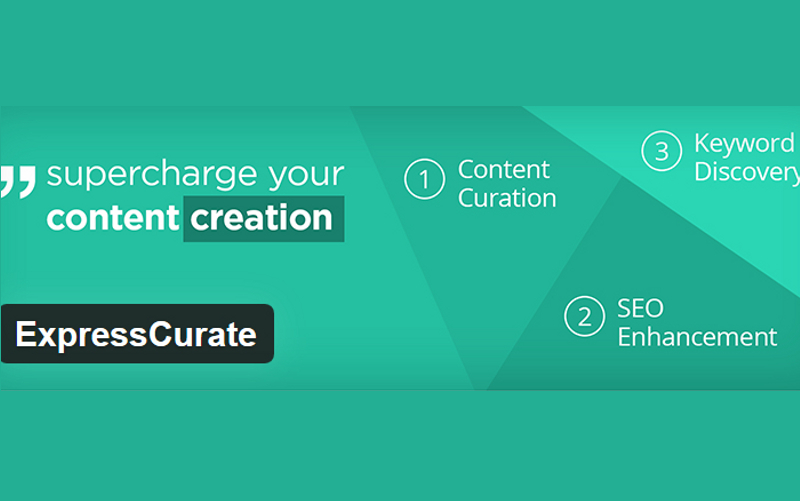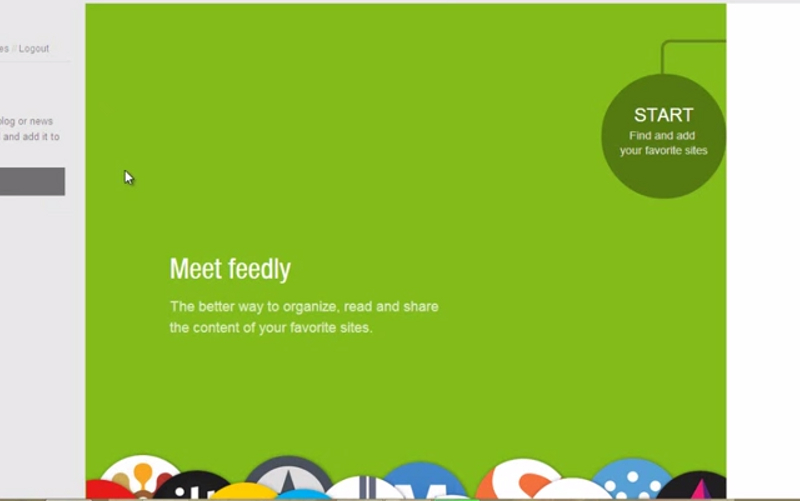Blogging can seem overwhelming at first. From themes to templates to advertising placement, there is more to blogging than just throwing a few words together and calling it good. The modern blog needs to be an interactive masterpiece of varied content profiles for it to be engaging. Here are some tips and tricks to help you get started on your own blogging journey.
1. Your Title Matters
The title of your blog is often the first thing that visitors are going to see and experience. Without a catchy title, there is a good chance that a visitor won’t even bother taking a look at what you’ve got. Titles don’t have to be funny, puns, or complicated to be effective. They just need to have a direct association with the content in some way.
2. Don’t Go For Cool
There are certain color schemes that work better than others because of the way the human eye works. This is why word processors use a white background and a default black font. It’s the easiest contrast for the human eye to distinguish so that words can be read and understood. A black background with a white font is a good secondary option.
Certain colors do not make good combinations at all. Greens and blues together as background and text are one of the hardest combinations for people to distinguish. Reds with purples can be equally problematic. If someone struggles to read your content because of the color combos you’ve created, they are just going to leave.
Having a blog that is readable – now that is cool.
3. Structure For Access
Getting to the posts that are wanted is an essential component of the blog reading experience. If you have to dig through multiple archives just to find one article, then that’s time that is wasted. The average person will spend 15-20 seconds looking for a link to an article. If they don’t find it, then they won’t stay.
Consider structuring your primary landing page as a static page with links to your top rated articles and latest content. From there, you can give people a menu option to access your primary blog roll. Adding sliders can be helpful as well. As long as the design engages people so they’ll be able to navigate where they want to go, you’ll be able to structure your blog for easy access no matter where someone might land on it.
4. One, Two, or Three – What Will It Be?
There are three basic ways to structure how your information flows to a blog’s visitor and it has to do with the columns that are within your template design. You can have one column, two, or three columns of information access. One column blogs tend to be the standard because this eliminates distractions from the content, but other formats do have certain advantages.
A two column blog, for example, could have easy navigation links on the left or right side so that visitors can quickly move from article to article. Three column blogs provide additional access for advertising. The one that is best for you depends on what the subject of your blog happens to be and what your end goals are. If you want to make some extra cash, then a three column blog might make more sense than a one column blog.
Don’t be afraid to experiment with this design. Change things up at the beginning and see how people respond. Stick with the design that gets the best response.
5. The Links
Blogging is about the content, but it’s also about the links. Having incoming and outgoing links to other blogs will help to form a foundation of what is called “niche expertise.” In basic terms, the internet today is built upon value. The websites and blogs that are considered to be the most valuable are going to get better rankings from search engines. If you’re blogging about bananas and Oreo cookies, then when someone puts your subject in as a search term, your value determines whether you’re at or near the top.
Poor value always equates to poor search results. Add in outgoing links to source your content. Look for opportunities to guest blog to get some incoming links. Organic incoming links from valuable content will build over time as well.
The key to good links isn’t just the website being targeted. You’ve also got to pay attention to anchor text. Anchor text is the actual content used for the link. Many blogs use “click here” or some variation of it as an anchor. That’s not helpful. To link to this article, a good anchor would be this: “Blogging for beginners isn’t difficult with these tips and tricks.”
6. Graphics. Lots of Graphics.
There is a direct correlation to the amount of graphics that are contained within a post to the amount of traffic that it will receive. Blog posts that contain just one image will have double the traffic on average when compared to blog posts that contain only text. Every additional image creates more opportunities for traffic to the post.
Many blogs use photographs for these graphics, but it doesn’t just have to be images. You can use these graphic options as well to enhance the traffic your posts receive.
Infographics.
Videos.
GIFs.
As long as the image corresponds to the content of the post in some way, you’ll be able to bring in more people to every post. Many posts start with an image after the title, but consider moving your primary image underneath your introductory paragraph. This will encourage people to continue reading if they find your image and your words appealing.
7. Authorship Counts
Although it isn’t a major part of your blog, the “About Me” section is still important to fill out with something that is meaningful. Blogs are telling your unique story, so it’s a chance to begin forming relationships with others. Let people get to know who you are by summarizing your life and interests in 150 words or less.
This content isn’t going to make or break you, but it will enhance your blog when it is done right. A short bio about your experience as a dog groomer, for example, will help to reinforce the expertise you’re building in a dog grooming tips blog.
8. Schedule Your Posts
The time you post your new content matters just as much as the content itself. If you are posting content in the middle of the night, then your primary blog readership is going to be half a world away. That might be fine if you live in Singapore and want to target Americans with your blog, but if you live in LA and blog locally, you won’t catch a maximum level of traffic.
Most people read blogs not in the morning or evening, but in the 11am-2pm window that occurs over a lunch break. You’ll need to consider your customer segments when posting your content. If you are targeting the East Coast of the US with your blog and you live in Seattle, then your post needs to be up at 8am to take advantage of this window. On the other hand, an East Coaster targeting Seattle residents could post as late as 4pm and still hit their window.
Because completing content at a moment’s notice isn’t something most people can or want to do, take advantage of the scheduling mechanism on your blogging platform. This way you can schedule content in when it will make the most impact.
9. Domain vs. Free
When you start a blog, you’re often allowed a free place on the internet to compose your words. These free sites aren’t dedicated domains, however, so people know that you’re blogging. A free blog might be fine for those who are just talking about friends and family matters, but if you want to make money from blogging, then you’ll need your own domain.
Businesses like GoDaddy sometimes offer domains for as little as $0.99. You can often purchase a domain for $10-$20 on your preferred blogging platform. Choose a domain name that reflects the title of your blog so that there is consistency within the user experience. This may be a small issue, but perception is 9/10s of your result. The perception of being cheap by using a free blog might send the wrong message.
10. Invite and Respond
Although blogging helps to share stories and expertise, there is also a social component to blogging that involves interacting with others. Invite readers to leave comments about your piece. Respond to comments that are left as soon as you can. If you are using social networking to promote your blog, then respond to comments left there as well. This all helps to build relationships that will ultimately create a certain loyalty to your blog.
These tips and tricks for blogging at the beginning can help you to get started on the right foot. Now that you’re journey has begun, keep moving forward. There are amazing things waiting for you with blogging in your future.







